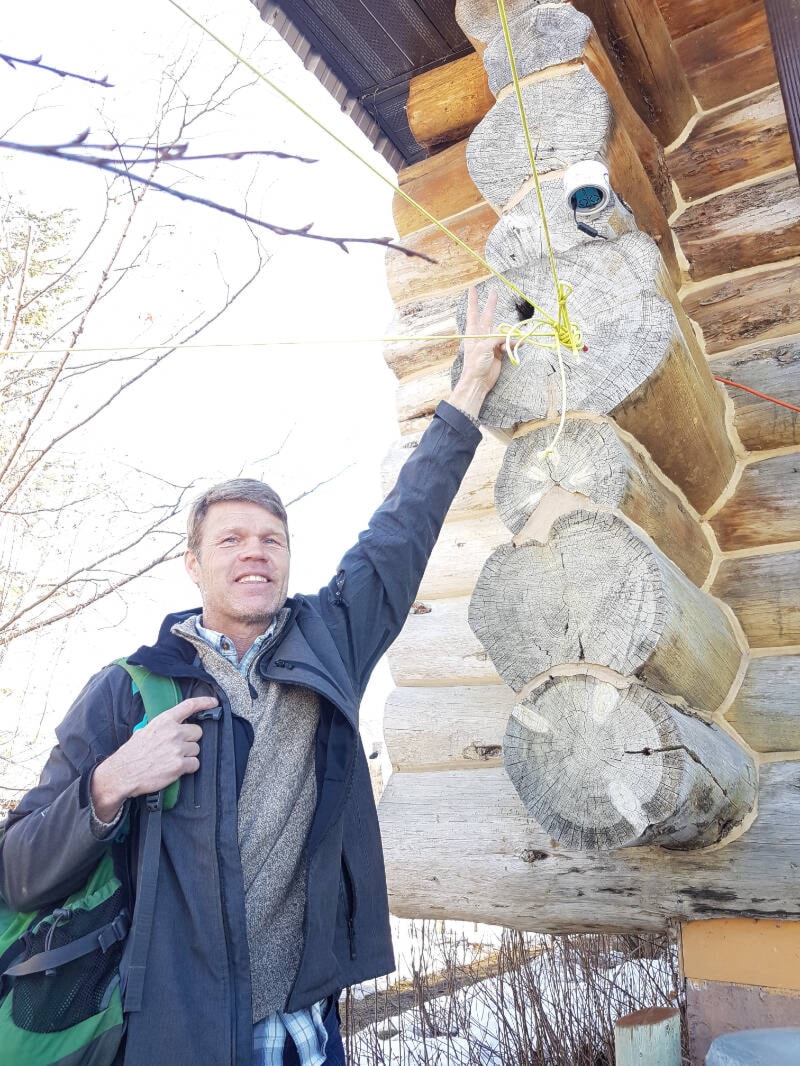Erin Hitchcock
Air Quality Roundtable
A smoky haze hanging over Williams Lake caused air quality ratings to rise to high risk earlier this month, potentially affecting human health.
The air quality is a reminder as to what summers have been like due to forest fires throughout B.C. and elsewhere and highlights the importance of monitoring air quality at all times of the year.
PurpleAir monitors, which were installed in various areas of the city last fall, as well as the regulatory air monitoring station, showed an increase in fine particulate matter, known as PM2.5, on Wednesday, March 10 and Thursday, March 11.
Levels warned that some people “may experience health effects within 24 hours of exposure” and that those “of sensitive groups may experience more serious health effects.” Though air quality began to improve Friday, March 12, some areas still showed potential risks for those sensitive to air pollution on Sunday.
PM2.5 is about 30 times smaller than the width of a human hair and “goes all the way down to the bottom of your lungs,” says Martin Kruus, education coordinator with Scout Island Nature Centre, who set up many of the PurpleAir monitors in the community. “This is the most harmful particulate size for human (respiratory system) health.”
Air quality can be affected at all times of the year due to varying reasons, such as environmental factors like forest fires and dust, industrial operations, or human activities such as wood stoves and vehicle emissions. Slash burning that week is believed to have been a contributing factor to poor air quality.
The PurpleAir monitors collect data on particulate concentrations, providing an opportunity for increased understanding, education and the opportunity to find solutions. They’re located at Westridge, Commodore, the golf course, South Lakeside, North Lakeside, Glendale, downtown, Scout Island, lower Hodgson, and Columneetza, the latter of which can be compared with the existing regulatory station there.
The monitors were installed through a citizen project between Scout Island Nature Centre, the Ministry of Environment and Climate Change Strategy, and Pinnacle Pellet and Atlantic Power.
The information will be used to help the public understand air quality in the community but not for the Air Quality Health Index or for regulation, as the PurpleAir monitors are not of regulatory standards.
“One of the biggest advantages of this type of study is that it lets the public get a broader picture of what’s happening across their community,” says Gavin King, air quality meteorologist with the Ministry of Environment and Climate Change Strategy, who will analyze the results after a year.
University of B.C. professor Peter Jackson, who teaches classes on weather and climate in the Geography, Earth and Environmental Sciences department, along with his graduate student Brayden Nilson, are mapping the monitors on the UNBC website.
Anyone can view current data by visiting https://cyclone.unbc.ca/aqmap/index.html#4/56.44/-109.09 and www2.purpleair.com.
Thank you to local residents and businesses for hosting the monitors.
We gratefully acknowledge the financial support of the Province of BC through the Ministry of Environment and Climate Change Strategy.
Erin Hitchcock with Williams Lake Air Quality Roundtable
READ MORE: Williams Lake city hall one of 10 locations for new PurpleAir monitors
READ MORE: Atlantic Power, Pinnacle Renewable, Scout Island collaborate on air quality monitoring
news@wltribune.com
Like us on Facebook and follow us on Twitter
